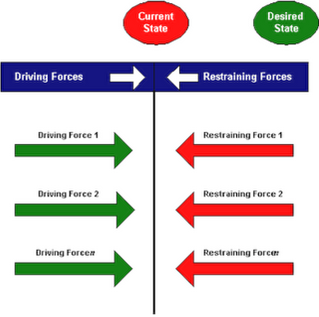In 1999 I was lucky enough to visit New Orleans for a business conference. Of course I had a tremendous time, visiting all the tourist sites and lapping up the nightlife in the French Quarter. The drink was flowing, the music eminated from every bar blending together in a heady mixture of jazz and blues, the mood was exuberant, the colours vibrant, the women beautiful and the food was great too:- Creole Crayfish, Jumbalaya, fresh lobster and spicy chicken.
In the cold light of day more disturbing things were apparent. There was a great deal of poverty outside the tourist areas and the realization that all, and I mean all, of the serving staff were black. The Hotel maids, the shop assistants, the cleaning staff, the refuse workers, all of them were black. In contrast the majority of the hotel guests including myself were white. This was the most racially divided society I had ever been in.
The next moring I was reflecting on this over breakfast when my thoughts were interrupted by 3 loud cracks. Startled I turned to see a large white man banging his ashtray on the table and demading “S-U-G-A-R” as his coffee was served by the timid black waitress. I have never tasted so much bile in such a sweet word.
On my way home I passed through the huge hub of Atlanta and amid the  hustle and bustle I came across a memorial to Dr Martin Luther King Jr and read about that great man and the sacrifices he made for freedom and equality.
hustle and bustle I came across a memorial to Dr Martin Luther King Jr and read about that great man and the sacrifices he made for freedom and equality.
 Several years later in 2005 I watched in horror as Katrina devastated New Orleans. What seemed worse was that it took the Federal Government 3 days to respond while the poverty stricken people of Loiusiana, the vast majority being black, fought for survival amid the rising tide and chaos. The area was like a Third World country, not The United States of America.
Several years later in 2005 I watched in horror as Katrina devastated New Orleans. What seemed worse was that it took the Federal Government 3 days to respond while the poverty stricken people of Loiusiana, the vast majority being black, fought for survival amid the rising tide and chaos. The area was like a Third World country, not The United States of America.
When the state troopers eventually arrived they seemed more intent in shooting looters than helping people.
In 2009 I watched President Obamas inaugration intently. One particular passage resonated strongly:-
“This is the meaning of our liberty and our creed – why men and women and children of every race and every faith can join in celebration across this magnificent mall, and why a man whose father less than 60 years ago might not have been served at a local restaurant can now stand before you to take a most sacred oath.”
The tears which rolled down my cheek were warm and salty. I was reminded of Crayfish and Lobster and Jazz.
Happy Dr Martin Luther King Jr Day America !
Home of the brave, Land of the Free, and the Not So Free.
chris@projectsguru.co.uk

 Today, following on from announcing their intention to ban the controversial muslim Burkha, Nigel Farage announced UKIP’s intention to ban the traditional Scottish kilt !
Today, following on from announcing their intention to ban the controversial muslim Burkha, Nigel Farage announced UKIP’s intention to ban the traditional Scottish kilt ! United Kingdom…”
United Kingdom…” Friday’s News that Automotive component supplier Bosch is closing its plant in South Wales and moving manufacturing to Hungary was grim news for employees.
Friday’s News that Automotive component supplier Bosch is closing its plant in South Wales and moving manufacturing to Hungary was grim news for employees. Anyone involved in New Product Introduction (NPI) knows how critical time to market is but do they know how to quantify it?
Anyone involved in New Product Introduction (NPI) knows how critical time to market is but do they know how to quantify it? It is essential, when starting a project, that the team fully understands what the Objective is. This might sound obvious but is also something which is often overlooked. Sometimes the team is formed and the project kicked off without any clear statement about the Objective of the project. Consequently different Team members have different views on what the Objective is and this inevitably leads to unnecessary conflict and wasted effort.
It is essential, when starting a project, that the team fully understands what the Objective is. This might sound obvious but is also something which is often overlooked. Sometimes the team is formed and the project kicked off without any clear statement about the Objective of the project. Consequently different Team members have different views on what the Objective is and this inevitably leads to unnecessary conflict and wasted effort.
 Once the plan is in place & agreed the project then moves into the execution phase. This is when things really start happening and, if the planning has been done properly, things should proceed according to plan – right ?……Wrong !!
Once the plan is in place & agreed the project then moves into the execution phase. This is when things really start happening and, if the planning has been done properly, things should proceed according to plan – right ?……Wrong !! Ever noticed that, in teams, there are always arguments & some individuals always seem to disagree with everyone else ?
Ever noticed that, in teams, there are always arguments & some individuals always seem to disagree with everyone else ?
